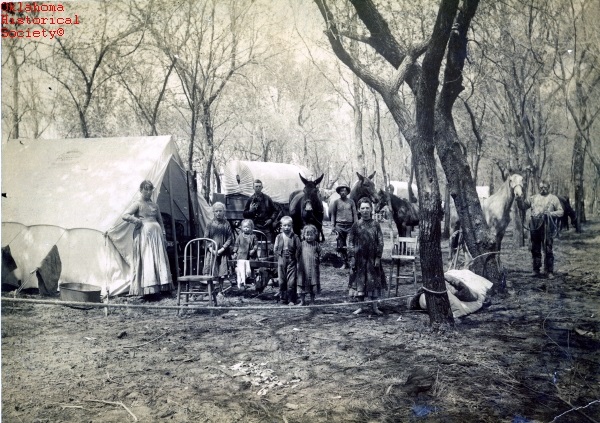
If you’ve ever been a teacher, you may have experienced a moment like this:
One of your darlings is off-task and taking others down with her. After a few verbal redirections, you tell her to move to a seat further from her audience – probably near your desk.
“No no no no no! I’ll stop! I’ll stop! Just one more chance! One more chance!”
“Those chances have passed, anonymous sample child – let’s go. Come on.” You motion firmly, but with style.
“Pleeeease?! Look – I’m working!” She waves a piece of paper around vigorously, believing this irrefutable evidence of focus and commitment. I’ve always found that part weird.
You are firm, but not angry. “C’mon. NOW.” You tap the destination desk a few times for emphasis.
At the first sign of acquiescence, you continue whatever you were doing, and efficiently guide the class back on track. It may be several minutes before you notice she hasn’t actually moved.
“Child’s Name. Seriously. Over. Here.” Motion motion motion.
 “I’m not talking anymore! I can’t see over there! I’m being good! Just one more chance and if I mess up, you can move me! Please?!?!?? Pleeeeaaaaassssseeeee??!?!?!!!???”
“I’m not talking anymore! I can’t see over there! I’m being good! Just one more chance and if I mess up, you can move me! Please?!?!?? Pleeeeaaaaassssseeeee??!?!?!!!???”
Because you are a master of classroom management, you overcome this distraction yet again, and this time you wait until she’s physically moving before you once again guide the rest of the room back into the edu-zone. Now the learning can happen!
A few moments later you realize she’s moved exactly one desk over. If you’re lucky, it’s at least a diagonal move, which you COULD count as two desks.
*sigh*
At this point you have two choices. (1) Give up on having class in order to kill this child dead in front of God and everyone as a warning to others, or (2) pretend this was exactly what you intended all along, or at least an acceptable compromise. “OK. Good! Now stay put!” Firm gaze, hint of wry smile so they know your scolding isn’t personal and you’re still the cool teacher they secretly adore.
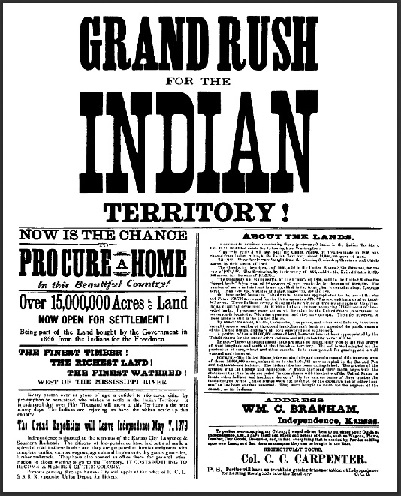 The issue is not bold defiance or soft incompetence. It’s a calculated risk on the part of the student – who knows you. She’s betting you won’t go nuclear on her – no referrals, no yelling, no hurling heavy objects. She’s ready at any point to back down and comply – at least until your attention has shifted. She’s also sure you have things you’d rather be doing than power struggle with her, and that you don’t actually dislike her – even if she is making you crazy at the moment.
The issue is not bold defiance or soft incompetence. It’s a calculated risk on the part of the student – who knows you. She’s betting you won’t go nuclear on her – no referrals, no yelling, no hurling heavy objects. She’s ready at any point to back down and comply – at least until your attention has shifted. She’s also sure you have things you’d rather be doing than power struggle with her, and that you don’t actually dislike her – even if she is making you crazy at the moment.
She ends up sitting pretty close to where she began. Even if she moves today – all the way to that desk next to yours – tomorrow she’ll come in and sit where she started, waiting to see if you say anything and begin the struggle anew.
That’s the ‘Boomer’ movement. That’s David L. Payne.
Like many who make history, David L. Payne had an unwavering conviction that he was right. That sort of bold confidence can be rather irritating, but it’s typical of those who inspire others to follow them.
In Payne’s case, the question wasn’t always who’d follow so much as who could keep up. A hunter, scout, politician, and businessman, he was certainly never at a loss for things to do. Then again, he doesn’t seem to have stayed in the same place for more than a few years at a time… so there’s that.
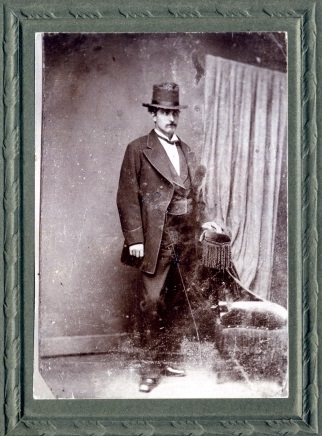 He had a common-law wife and a son who was, by definition, “out-of-wedlock.” He volunteered to fight for the Union as soon as the war broke out, then stayed in the army to help ‘civilize’ the Great Plains after. He fought under Custer and knew Kit Carson and Wild Bill Hickok.
He had a common-law wife and a son who was, by definition, “out-of-wedlock.” He volunteered to fight for the Union as soon as the war broke out, then stayed in the army to help ‘civilize’ the Great Plains after. He fought under Custer and knew Kit Carson and Wild Bill Hickok.
He had a reputation for ‘understanding’ the ‘Indian character’, which seems to have meant he was pretty good at the ‘killing them’ part. Fortunately for him, this kind of thing was in great demand in the decades following the Civil War.
Oh – and he was tall. 6’4” or thereabouts.
Why all the background? Because he’s my daddy – and yours too, if you’re an Okie. Don’t be ashamed! Own your statehood! I mean, come on – it’s not like you’re from Florida or something.
After Charles Carpenter bailed on the young ‘boomer’ movement, Payne stepped up in a big way. He sold theoretical claims to plots in the Unassigned Lands and talked up efforts to move in and truly settle the area. Unlike Carpenter, he actually accompanied most of the forays into Indian Territory (I.T.), taking on the same risks and hardships as those who followed him.
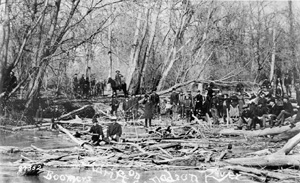 He was removed by the U.S. Army, but he went in again. He was removed again, then went in again. Removed, return, removed, return, removed, return, removed…
He was removed by the U.S. Army, but he went in again. He was removed again, then went in again. Removed, return, removed, return, removed, return, removed…
You may notice a pattern.
Notable was the lack of meaningful consequences for these repeated violations. He was threatened, and eventually fined (he didn’t pay it), but he wasn’t locked up. He wasn’t killed. He was just… removed.
And then he returned.
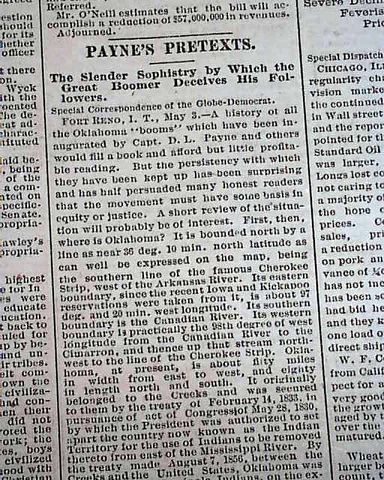 He KNEW the U.S. Army didn’t actually want to shoot anyone over this land. He was betting they wouldn’t even actually imprison him – or anyone else – for any length of time. Not for THIS.
He KNEW the U.S. Army didn’t actually want to shoot anyone over this land. He was betting they wouldn’t even actually imprison him – or anyone else – for any length of time. Not for THIS.
What they WERE willing to do was march his party back home time and again, often by long, dry routes, on foot, with limited food or water. What they WERE willing to do was embarrass or frighten them.
Ironically, the most humiliating removals were those handled by Buffalo Soldiers – black units organized in the west primarily as ‘Indian Fighters’. While typically more professional and better behaved than their white peers, the idea of hungry white homesteaders being escorted off of red land by black soldiers was particularly difficult for many to bear.
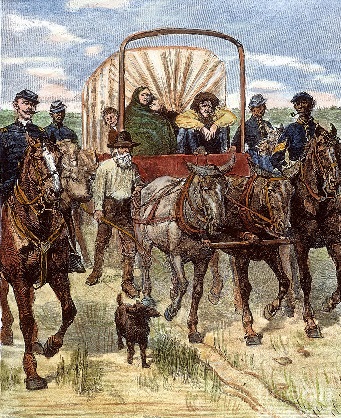 And then he returned.
And then he returned.
Payne had dealt with the law and government and the military before. At any given moment, he was willing to comply. They had the guns and the authority, but he had unlimited time and patience. And – this part is key, so pay attention – he believed he was entirely right.
It wasn’t simply that he thought he could ‘get away with it’, although he did. It wasn’t just that the Boomers he organized and spawned really truly needed this land, although in their minds they did. He believed without reservation that these lands were public lands, and should be opened to white settlement – enough to want to force the issue.
Payne wanted a trial to determine whether or not the Unassigned Lands were still reserved for unspecified ‘Indian’ use, or should be thrown open to white settlement on the same terms as other lands in the west.
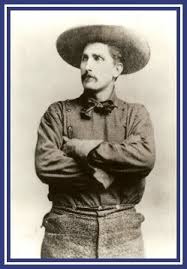 Payne believed.
Payne believed.
He may have been wrong. Stubborn. Annoying. Tall. But whatever else he was, Payne acted with the firm conviction that if he WERE breaking the law, the law NEEDED to be broken in order for constitutional mechanics to engage and his actions to be vindicated – not only for himself and his subscribers, but for the greater American good.
This, in my mind, sets the Boomers apart in an essential way from the Sooners with whom they are so unjustly joined in commemorative song. I’m not vindicating the Boomers, but I am suggesting that – at least at the leadership level – they acted in accordance to their understanding of our foundational ideals and constitutional law. They believed they were in the RIGHT, and stood stubbornly by this until vindicated.
The Sooners, on the other hand… Hmph.
David L. Payne died at breakfast on November 28th, 1884. Nearly five years later, on April 22, 1889, the first of the infamous Oklahoma Land Runs began opening up the Unassigned Lands to white settlement. This time the settlers were allowed to stay.
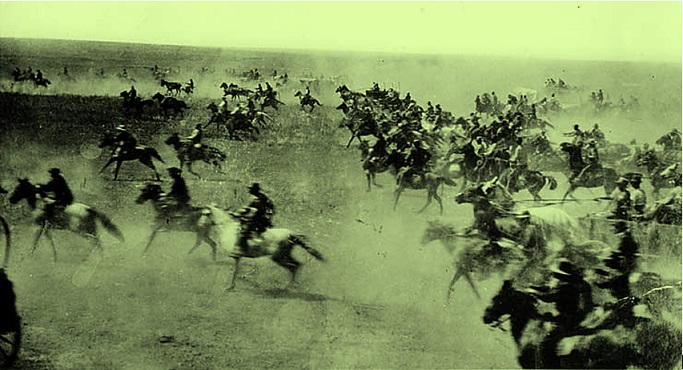
RELATED POST: Boomes & Sooners, Part One ~ Last Call Land-Lovers
RELATED POST: Boomers & Sooners, Part Two ~ An Editorial and a Carpenter
RELATED POST: Boomers & Sooners, Part Four ~ Dirty Stinkin’ Cheatin’ No Good Sons Of…
RELATED POST: Boomers & Sooners, Part Five ~ Cheater Cheater Red Dirt Eater

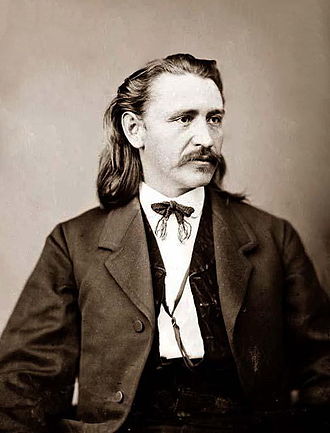 Elias C. Boudinot was the son of Elias “I Don’t Have A Middle Name” Boudinot, who’d helped to establish and edit the first Amerindian newspaper, the Cherokee Phoenix. Remember Sequoyah and his syllabary? Boudinot was the guy who turned it into movable type so it could be printed easily.
Elias C. Boudinot was the son of Elias “I Don’t Have A Middle Name” Boudinot, who’d helped to establish and edit the first Amerindian newspaper, the Cherokee Phoenix. Remember Sequoyah and his syllabary? Boudinot was the guy who turned it into movable type so it could be printed easily.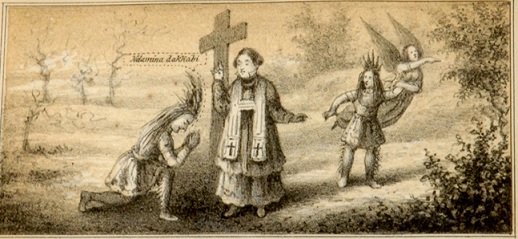 The rest of the younger Boudinot’s upbringing took place in Connecticut with his mother’s family – a well-off people of some status who supported Christian missionaries among the Cherokee. These weren’t the yelling and shaking godly fists types of missionaries, or the Spanish Priests variety who thought enslavement was good for the sinful savage. These were the kind of missionaries who tried to make themselves legitimately useful among those to whom they were missioning, but who also hoped to eventually change a few key traditions and values – like, say… killing those who sign away tribal lands.
The rest of the younger Boudinot’s upbringing took place in Connecticut with his mother’s family – a well-off people of some status who supported Christian missionaries among the Cherokee. These weren’t the yelling and shaking godly fists types of missionaries, or the Spanish Priests variety who thought enslavement was good for the sinful savage. These were the kind of missionaries who tried to make themselves legitimately useful among those to whom they were missioning, but who also hoped to eventually change a few key traditions and values – like, say… killing those who sign away tribal lands.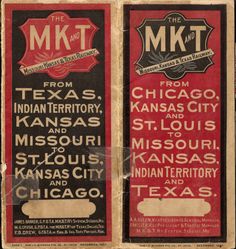 Elias C. Boudinot became in many ways the worst version of his father’s progressive vision – a political figure who worked in both Indian Territory (I.T.) and Washington, D.C., often more in support of railroads and national expansion than anything traditionally Cherokee. The excerpts below are from a letter he wrote which created quite a stir after its publication in 1879.
Elias C. Boudinot became in many ways the worst version of his father’s progressive vision – a political figure who worked in both Indian Territory (I.T.) and Washington, D.C., often more in support of railroads and national expansion than anything traditionally Cherokee. The excerpts below are from a letter he wrote which created quite a stir after its publication in 1879.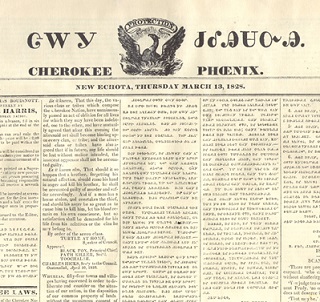 The Reconstruction Treaties made with the various ‘Civilized Tribes’ after the Civil War include ‘freedmen’ explicitly and persistently. This choice of words was presumably intended to reinforce the postbellum reality that former slaves of the various tribes were now free, and under these treaties were to receive full rights and privileges of tribal citizenship. In this case, this meant access to land under the same terms as any other member of their respective tribes.
The Reconstruction Treaties made with the various ‘Civilized Tribes’ after the Civil War include ‘freedmen’ explicitly and persistently. This choice of words was presumably intended to reinforce the postbellum reality that former slaves of the various tribes were now free, and under these treaties were to receive full rights and privileges of tribal citizenship. In this case, this meant access to land under the same terms as any other member of their respective tribes. 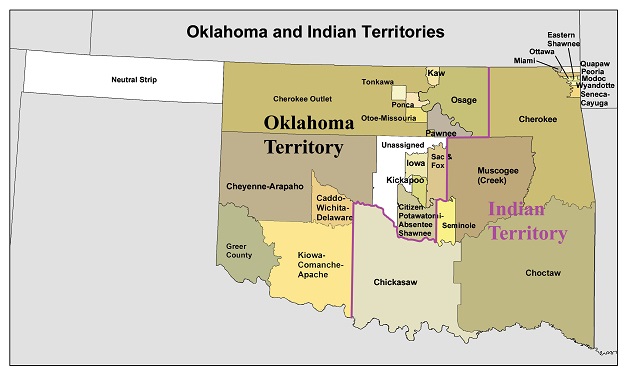 While the Massacre at Wounded Knee (which effectively ended Amerindian resistance on the Great Plains) was a decade away, Boudinot was correct that the vast majority of those who were to be ‘relocated’ had already been moved. This ‘extra land’ in Indian Territory was unlikely to be assigned anytime soon.
While the Massacre at Wounded Knee (which effectively ended Amerindian resistance on the Great Plains) was a decade away, Boudinot was correct that the vast majority of those who were to be ‘relocated’ had already been moved. This ‘extra land’ in Indian Territory was unlikely to be assigned anytime soon.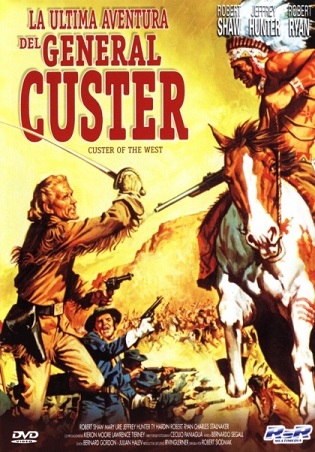 Enter Charles C. Carpenter, a former Civil War… er, ‘participant’ in various capacities, both official and not. Apparently a fan of the recently deceased George Armstrong Custer, Carpenter sported long golden curls and buckskins. A commanding officer wrote of him that “he adds great shrewdness to the reckless courage which he undoubtedly possesses.”
Enter Charles C. Carpenter, a former Civil War… er, ‘participant’ in various capacities, both official and not. Apparently a fan of the recently deceased George Armstrong Custer, Carpenter sported long golden curls and buckskins. A commanding officer wrote of him that “he adds great shrewdness to the reckless courage which he undoubtedly possesses.”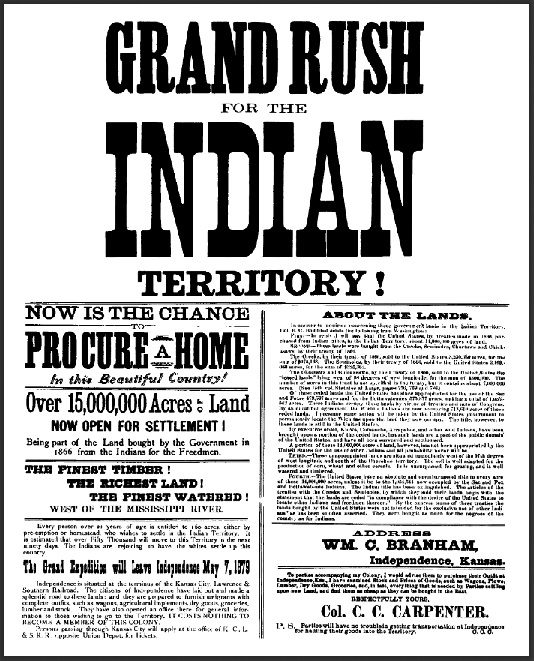 He was persuasive enough, though, to organize at least one big ‘boomer’ push into Indian Territory, where the limits of the government’s determination would be tested by a few brave souls willing to rough it and even risk trouble with the law to grab their little piece of the American Dream. Or at least, that was how they framed themselves.
He was persuasive enough, though, to organize at least one big ‘boomer’ push into Indian Territory, where the limits of the government’s determination would be tested by a few brave souls willing to rough it and even risk trouble with the law to grab their little piece of the American Dream. Or at least, that was how they framed themselves. 
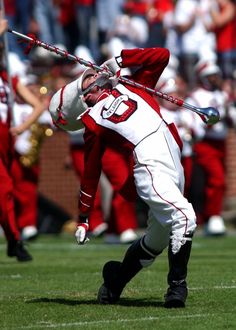 If you’re from Oklahoma, or if you follow college football, or if you’ve ever been to OU, or if you have a pulse, you’ve probably more than once been subjected to the Hyper-Sousa-ish throb of the University of Oklahoma’s “Boomer Sooner.” If you’re truly dyed deep in just the right shade of maroon, you may even know the words:
If you’re from Oklahoma, or if you follow college football, or if you’ve ever been to OU, or if you have a pulse, you’ve probably more than once been subjected to the Hyper-Sousa-ish throb of the University of Oklahoma’s “Boomer Sooner.” If you’re truly dyed deep in just the right shade of maroon, you may even know the words: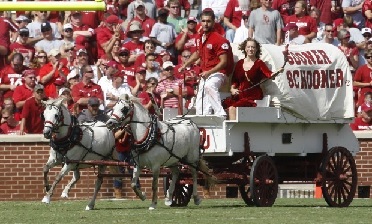 Those aren’t ALL of the words, of course – that would be silly. The second verse takes the theme to new depths:
Those aren’t ALL of the words, of course – that would be silly. The second verse takes the theme to new depths: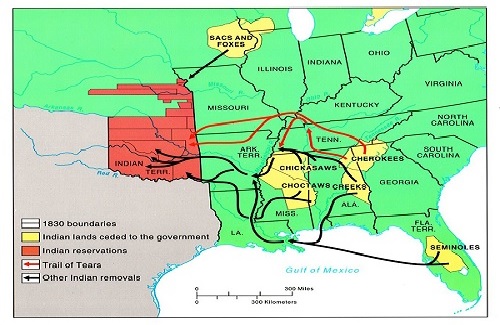
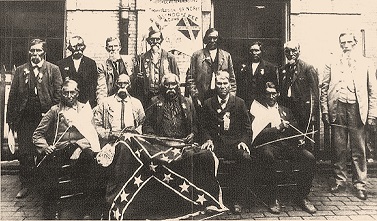 Only staying out of the conflict wasn’t as easy as they’d hoped. When pushed, many sympathized with the South, especially after Confederates promised them a better deal should they prevail. Some remained ‘loyal’ to the North, and a few went to great lengths to resist involvement altogether. Eventually, however, a majority of the 5CT were Confederates, including the colorful Stand Watie – the last Confederate General to officially surrender at the end of the war.
Only staying out of the conflict wasn’t as easy as they’d hoped. When pushed, many sympathized with the South, especially after Confederates promised them a better deal should they prevail. Some remained ‘loyal’ to the North, and a few went to great lengths to resist involvement altogether. Eventually, however, a majority of the 5CT were Confederates, including the colorful Stand Watie – the last Confederate General to officially surrender at the end of the war.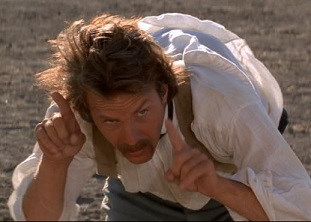 That made room for the U.S. to begin packing in other tribes, this time mostly from the Great Plains. The Cheyenne, Arapaho, Wichita, Kickapoo, Pawnee, Apache, Comanche… and of course the Lakota Sioux. Remember Dances With Wolves? Yeah, this was THAT time period. Tatanka.
That made room for the U.S. to begin packing in other tribes, this time mostly from the Great Plains. The Cheyenne, Arapaho, Wichita, Kickapoo, Pawnee, Apache, Comanche… and of course the Lakota Sioux. Remember Dances With Wolves? Yeah, this was THAT time period. Tatanka.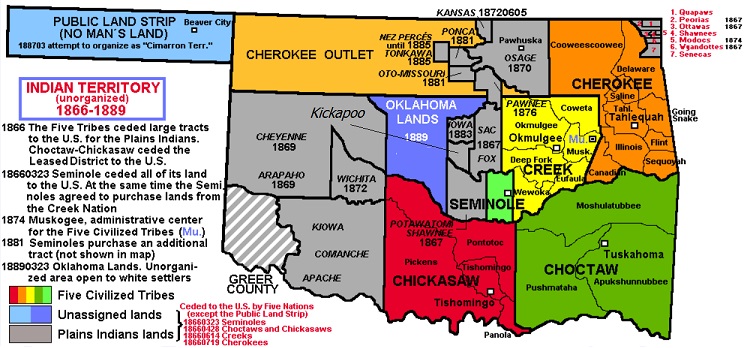
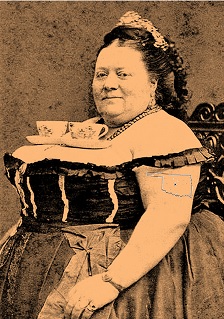 Gentlemen, meet Oklahoma – or, part of her, anyway. That ‘unassigned’ section there in the middle. I like this one allot (see what I did there?) but you don’t wanna end up holding her panhandle, I assure you.
Gentlemen, meet Oklahoma – or, part of her, anyway. That ‘unassigned’ section there in the middle. I like this one allot (see what I did there?) but you don’t wanna end up holding her panhandle, I assure you.